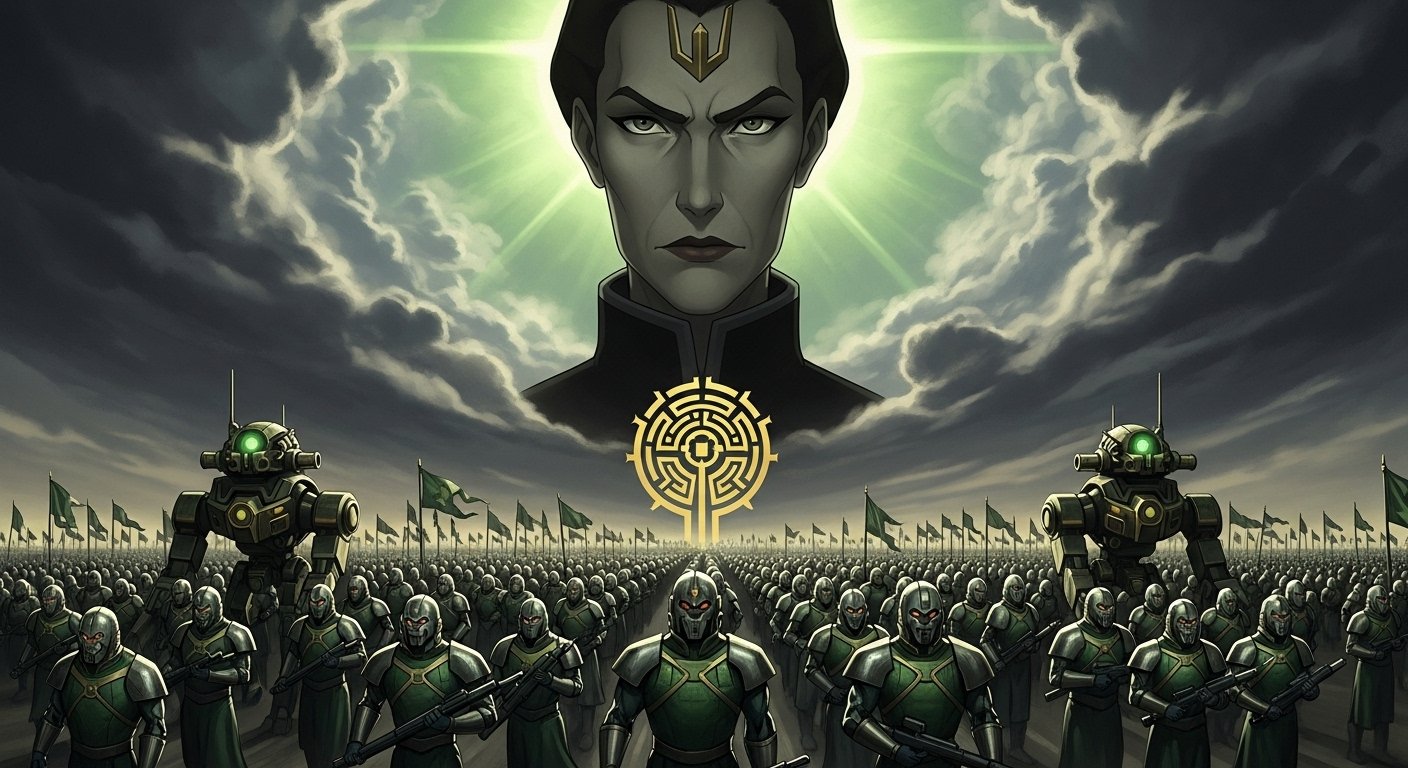When discussing memorable characters in animation, Kuvira from The Legend of Korra often stands out—not simply because she served as the final antagonist of the series, but because of the complexity of her goals, methods, and psychology. In recent years, conversations around the Kuvira Legend of Korra AI have increased online, as fans use AI tools to analyze her character, generate in-story dialogues, and even theorize alternate story arcs.
But whether or not one engages with AI interpretations, the real fascination lies in Kuvira herself. She is a character who reflects ambition, discipline, trauma, and the thin line between order and oppression. Understanding her helps us understand why audiences are still drawn to morally gray leaders in fiction—and what lessons her rise and downfall offer today.
Who Is Kuvira? A Quick Overview
Kuvira is introduced as a talented metalbender and loyal member of the Beifong family’s police and security network. Initially respected for her strategic brilliance and composure, she later becomes the Creator of the Earth Empire, pushing a vision of unity enforced through strict control.
Key Traits
| Character Aspect | Description |
|---|---|
| Bending Style | Metalbending (highly advanced) |
| Political Role | Leader of the Earth Empire |
| Personality | Ambitious, disciplined, emotionally guarded |
| Goal | Restore unity and power to the Earth Kingdom after chaos |
The Earth Kingdom Before Kuvira: The Context That Shaped Her
Before Kuvira assumes power, the Earth Kingdom is fractured:
-
Leadership has collapsed after Queen Hou-Ting’s death.
-
Corruption is rampant among provincial leaders.
-
Bandit groups terrorize rural regions.
-
Trade routes, food systems, and security networks fail.
This context is crucial, because Kuvira didn’t emerge from nowhere.
She was responding to real suffering and disorder.
Why People Followed Her
-
She brought immediate stability to regions others ignored.
-
She offered protection where the government was absent.
-
Her military discipline inspired confidence.
-
She promised a unified, strong nation.
In many ways, Kuvira rose the same way historical leaders have:
By offering hope during chaos.
This is where the character’s realism shines.
Kuvira’s Transformation: From Protector to Authoritarian
At first, Kuvira’s intentions appear noble:
-
She rebuilds infrastructure.
-
She reduces violence.
-
She negotiates deals.
However, her leadership gradually shifts from unity to control.
Turning Points in Her Character Arc
-
She rejects the weak monarchy system and refuses to merely “assist” the new prince.
-
Her military becomes a tool of dominance, not protection.
-
She develops the spirit-vine superweapon, symbolizing power over balance.
-
She begins using labor camps, a hallmark of authoritarian rule.
Her core belief becomes:
Order is worth any sacrifice.
This is where she crosses the moral line that defines her as an antagonist.
The Psychology Behind Kuvira’s Actions
To understand Kuvira, we must look at her personal history.
Childhood Abandonment
Kuvira was abandoned by her parents and raised by Suyin Beifong.
This formed her worldview:
-
Loyalty must be earned, not assumed.
-
Independence equals safety.
-
Control prevents loss.
Her Fear of Vulnerability
Kuvira seldom expresses emotion. Her discipline is armor.
Her downfall begins when Korra confronts her with empathy—not force.
This moment is powerful:
-
Korra shows Kuvira that she is not a monster.
-
Kuvira realizes her empire was built from fear and hurt.
-
She finally breaks down, showing remorse.
This is one of the most mature redemption scenes in the Avatar universe.
Why Kuvira Is Still Discussed Today
Fans, critics, historians, and psychologists continue analyzing her because she represents real-world political patterns.
Key Themes She Represents
-
Idealism turning into authoritarianism
-
Trauma influencing leadership style
-
The fine line between unity and oppression
-
How power magnifies internal wounds
This is why AI discussions about Kuvira are trending:
AI models are used to:
-
Generate “alternate endings”
-
Explore her possible redemption
-
Re-imagine her ruling ethically
-
Write dialogue to understand her mindset
The Kuvira Legend of Korra AI trend is not about replacing storytelling.
It’s about deeper character exploration.
Kuvira and Korra: A Mirror Dynamic
Korra and Kuvira are fundamentally similar:
| Trait | Korra | Kuvira |
|---|---|---|
| Leadership Style | Empathy → growth | Control → collapse |
| Emotional Struggle | Identity | Abandonment |
| Core Strength | Adaptability | Discipline |
| Major Flaw | Impulsiveness | Rigidity |
This makes their final confrontation symbolic, not just physical.
Korra defeats Kuvira through understanding, not domination.
That message resonates today:
Leadership is strongest when it embraces vulnerability, not fear.
Kuvira’s Legacy in Avatar Lore
While Kuvira surrenders, her story does not end there.
She later:
-
Seeks rehabilitation
-
Accepts accountability
-
Begins emotional recovery
-
Works toward rebuilding with peace, not force
This is a rare depiction of restorative justice in animation.
How AI Is Used To Explore Kuvira’s Character
With improvements in AI storytelling, Kuvira is now:
-
Reimagined in alternate history plots
-
Used in leadership psychology discussions
-
Examined as a case study in power dynamics
-
Featured in fan-written AI conversations
Popular AI Uses
-
Character dialogue simulations
-
“What if Kuvira won?” timelines
-
Emotional analysis in therapy education
-
Leadership ethics classroom discussions
Not all AI interpretations are accurate — but the interest itself proves her lasting impact.
Conclusion
The story of Kuvira in The Legend of Korra is more than a villain arc—it is a psychological study of how good intentions can turn destructive when driven by fear and control. The growing interest in Kuvira Legend of Korra AI reflects how deeply audiences want to understand her motivations, emotions, and the lessons her journey teaches. Kuvira remains powerful, not because of her empire, but because her character challenges us to examine our own beliefs about leadership, trauma, and redemption.
FAQs
1. Was Kuvira evil?
No. She had noble intentions, but her methods became oppressive.
2. Why did Kuvira create the Earth Empire?
She believed unity and strength were necessary to prevent chaos and suffering.
3. Did Kuvira get redeemed?
Yes. She recognizes her mistakes, apologizes, and seeks rehabilitation.
4. Why do fans use AI to analyze Kuvira?
Because her character is complex, making her ideal for psychological and narrative exploration.








Leave a Reply